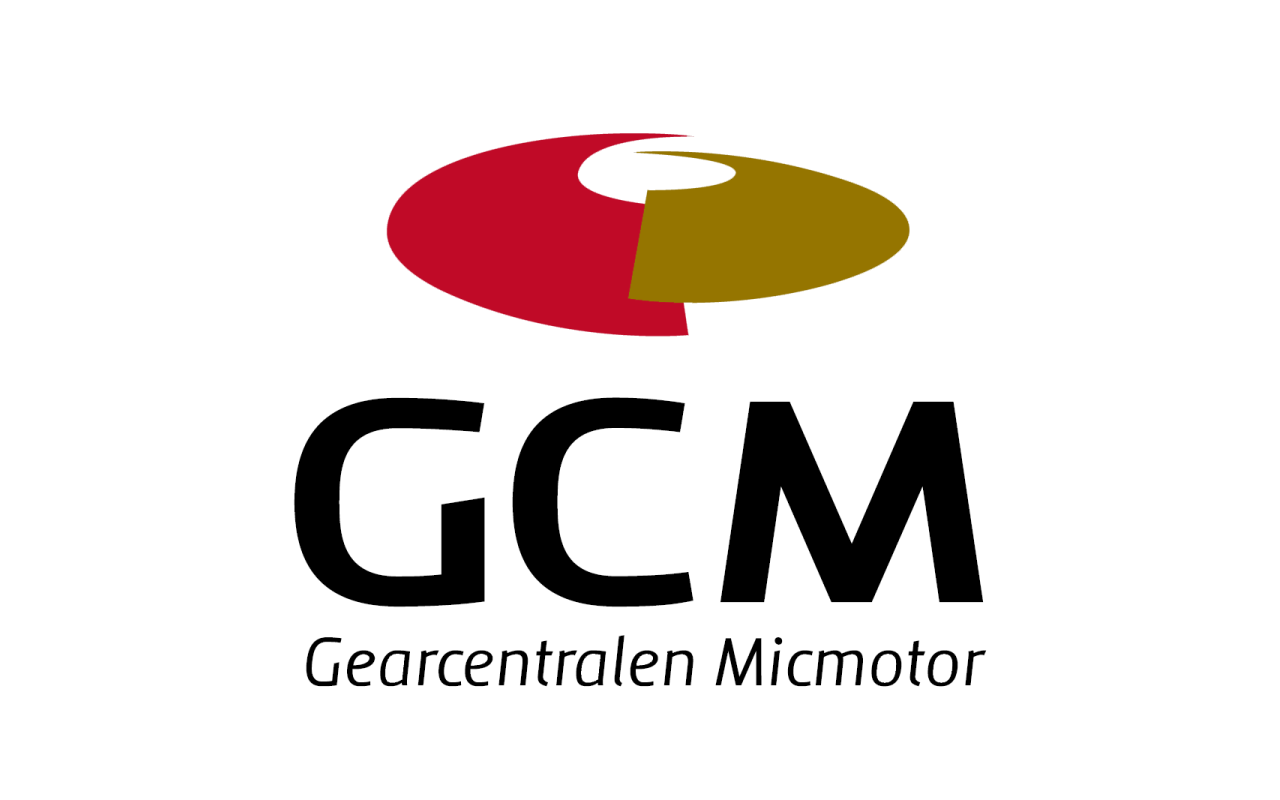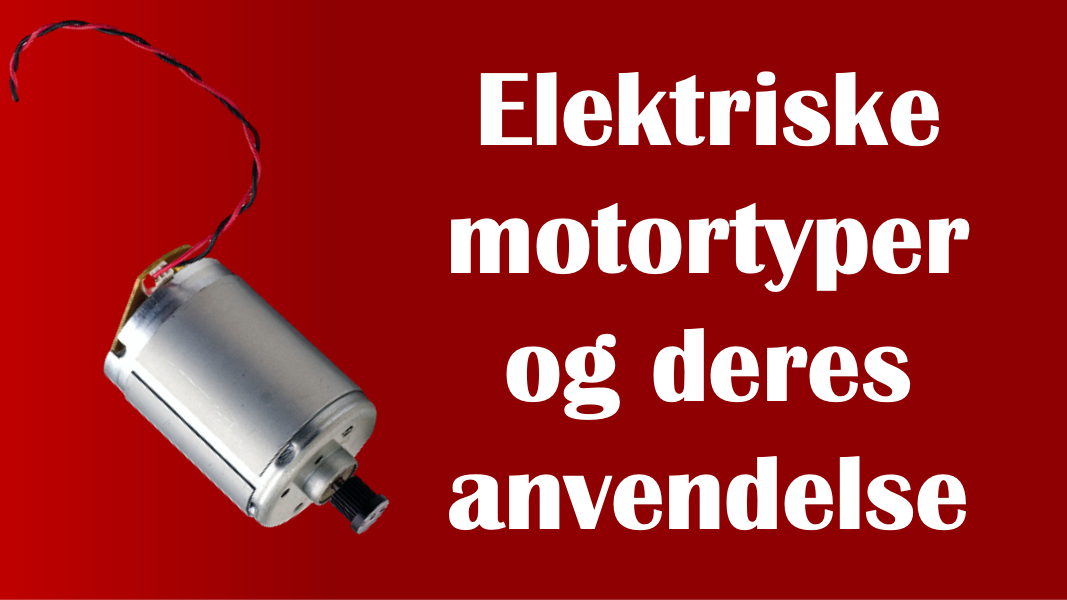In this guide, we’ll help you learn the basics about electric motor types and the benefits of each type of motor.
Electric motors are electromechanical machines that work by converting electrical energy into mechanical energy to create movement. They actually produce rotational force. The functioning of a motor depends on the interaction between the magnetic and electric fields. Motors can be divided into two types:
- AC Motors
- DC Motors
AC motors
AC motors convert alternating current into mechanical energy. AC motors have many functions.
Induction motors
Induction motors are also known as asynchronous motors. They rely on the magnetic field of the stator to produce an electric current in the rotor and thus generate torque. Induction motors are the most common AC motors, partly due to the fact that they can carry larger capacity loads with 1-phase induction motors. They are mostly used for household applications. The 3-phase motors are mostly used in industrial applications such as lifting equipment, pumps, compressors and transportation systems.
Synchronous motors
In synchronous motors, the rotor and the supply frequency are synchronized. The current and speed remain constant even when loads vary. Synchronous motors are therefore ideal for use in machines and robotic arms.
Linear motors
Linear motors convert electrical energy into linear motion. These motors have an open rotor and stator, and are often used in sliding doors and actuators.
Advantages of AC motors
- Low energy demand
- Adjustable torque
- Controlled acceleration
- Adjustable operating speed
- Controlled starting current
DC motors
DC motors are powered by direct current and are often more popular than AC motors, due to the fact that they cost less. However, DC motors are more expensive to maintain. This is mostly true for high power motors. They can be controlled by varying the supply voltage. DC motors are available in a wide range of voltages, the most popular type being 12V and 24V.
There are two types of DC motors:
- Brush
- Brushless
Brush DC motors
As the name suggests, these motors use carbon brushes for commutation. They are relatively inexpensive and are often used in cost-sensitive applications where control is simple, such as in consumer applications and basic industrial equipment.
Brushless DC motors
Brushless motors do not need brushes for commutation. They are therefore mechanically simpler and have a longer lifespan. The motor is controlled via sensors that are used to detect the position of the rotor, and then it is used to precisely control the motor. Brushless motors are energy efficient and efficiency can be up to 95%. The motors are more durable and require less maintenance compared to brush motors.
Advantages of DC motors
- Easy to install
- High starting torque
- Linear speed vs. torque

